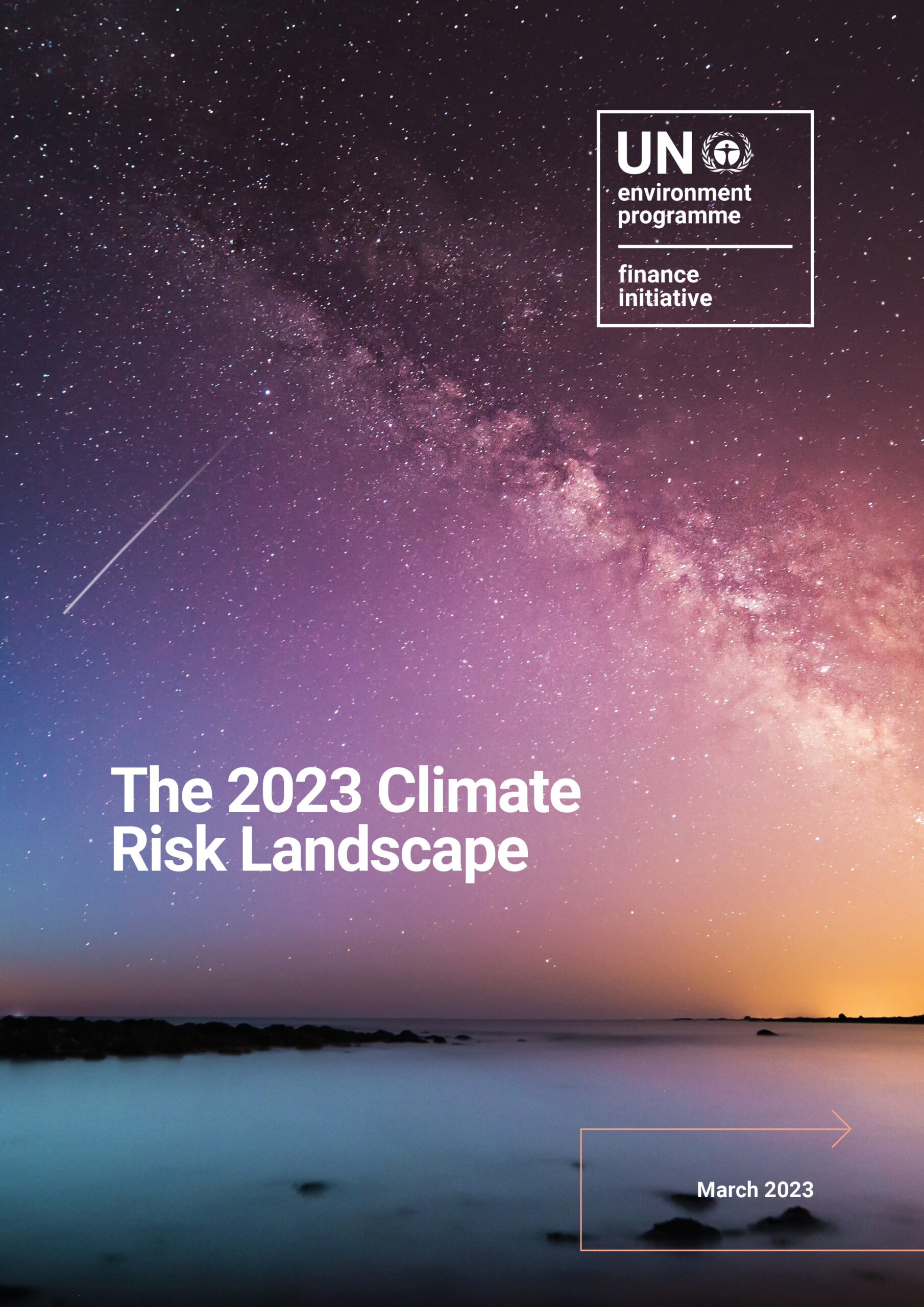
07 March 2023Climate Change, Publications, Risk, TCFD
POPULAR CONTENT

07 March 2023Climate Change, Publications, Risk, TCFD

17 May 2022Events, Roundtables
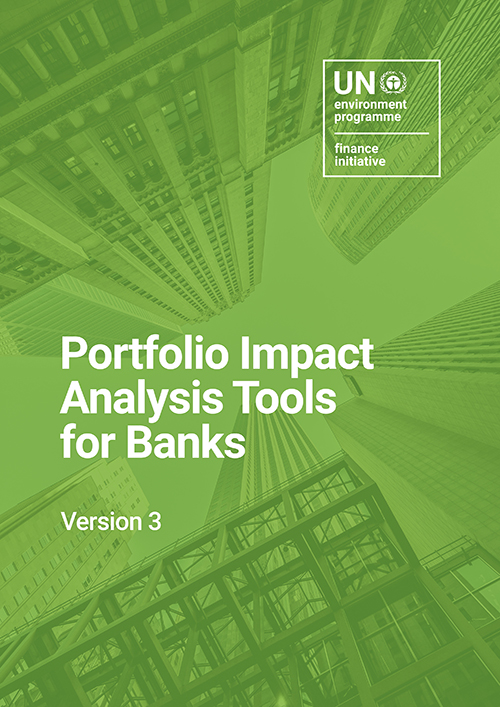
28 November 2022Publications, SDGs and Impact
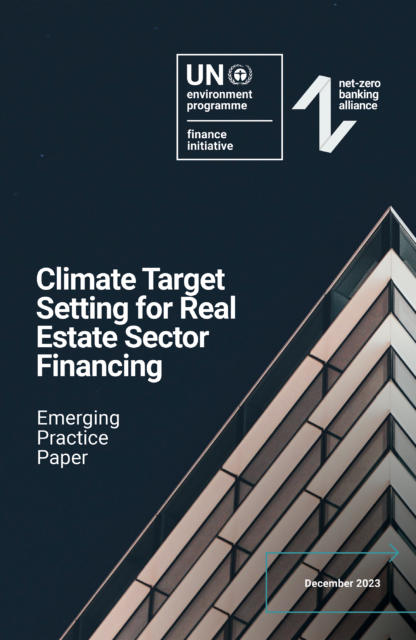
'Climate Target Setting for Real Estate Sector Financing' is the first in a series of publications developed by members of the Net-Zero Banking Alliance (NZBA) with the goal of assisting banks by outlining the choices they face when setting climate-related targets for financing in various carbon-intensive sectors of the real economy.
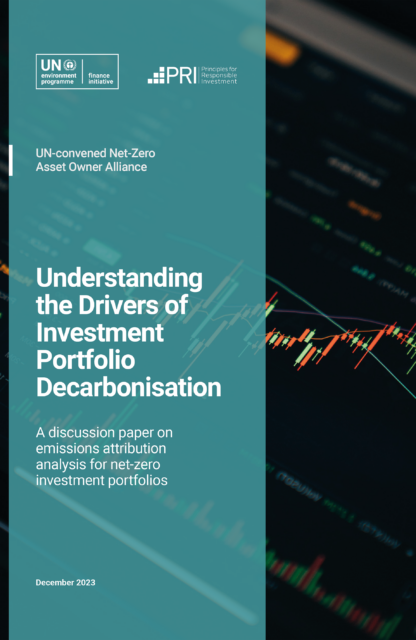
Aiming to identify the factors that drive the (absolute or relative) decarbonisation of an investment portfolio, the Alliance built a model portfolio to test out different methodologies to emissions attribution analysis. This discussion paper discusses the different methodologies and their rationales; and explains the boundaries of the currently available emissions attribution analysis.
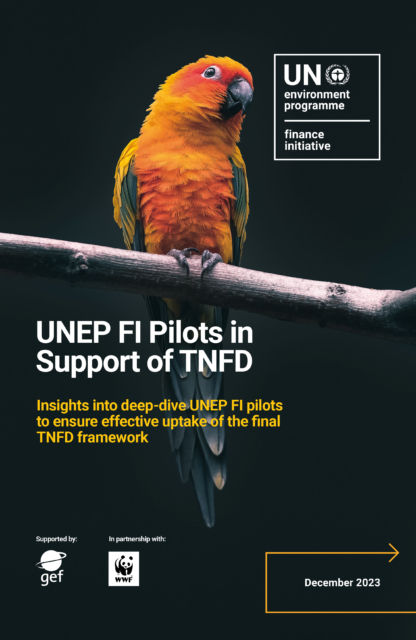
This report outlines the valuable insights gained and significant findings obtained from a global pilot project initiated by UNEP FI in conjunction with 20 financial institutions.

The transition to zero-carbon transport is well underway. Global spending on electric cars increased by 50% in 2022 compared to…
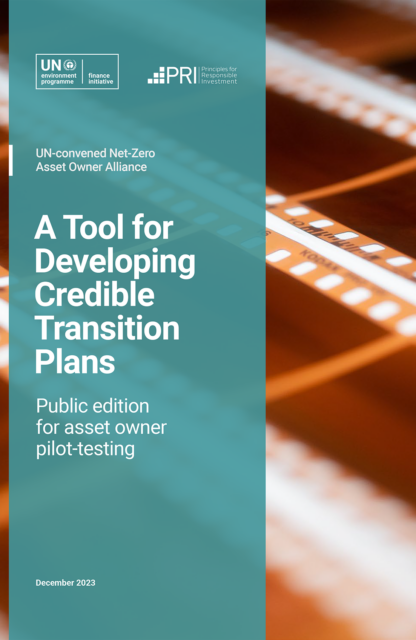
This discussion paper sets out practical steps for net-zero asset owners to both develop and evaluate transition plans.

The Net-Zero Asset Owner Alliance’s Policy Engagement Guidelines set the direction for all Alliance members and external net-zero asset owners to actively align their policy engagement practices with their climate commitments.

The transition to net zero in energy and industry is a huge business opportunity for banks. Annual clean energy investments…

Public finance alone cannot provide the investment needed for the global economy to move towards and achieve net zero. Policy,…
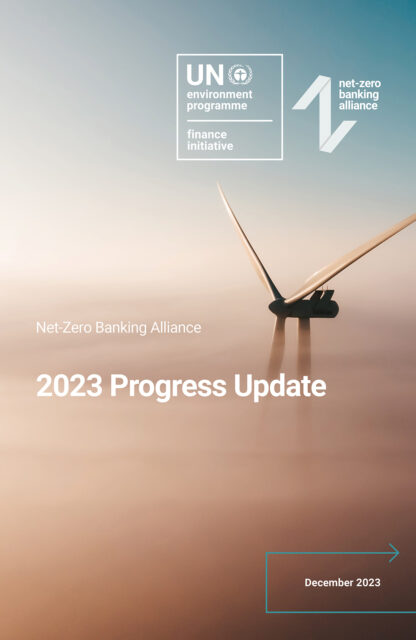
On Finance Day at COP28, the industry-led, UN-convened Net-Zero Banking Alliance published this Progress Update. The Net-Zero Banking Alliance provides…

This paper discusses how banks may consider reporting their transition finance efforts. We see a need for additional specific metrics, as existing metrics may fail to provide a full picture of banks’ approaches to decarbonising their portfolios.